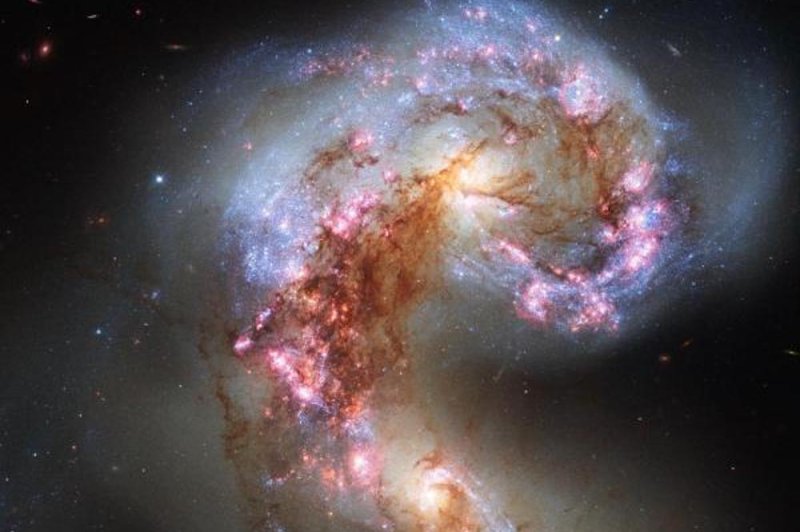Jan. 9 (UPI) -- Scientists have developed new computer algorithms for identifying galactic mergers.
The technology allows scientists to scan galactic surveys for the stellar velocities and galactic structures most likely to result from the merging of two galaxies.















